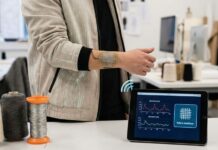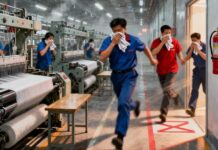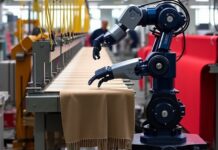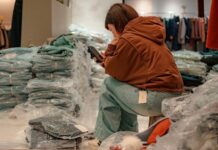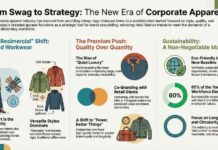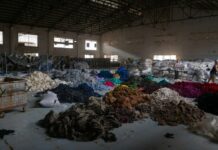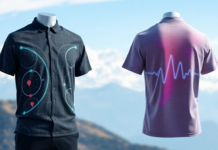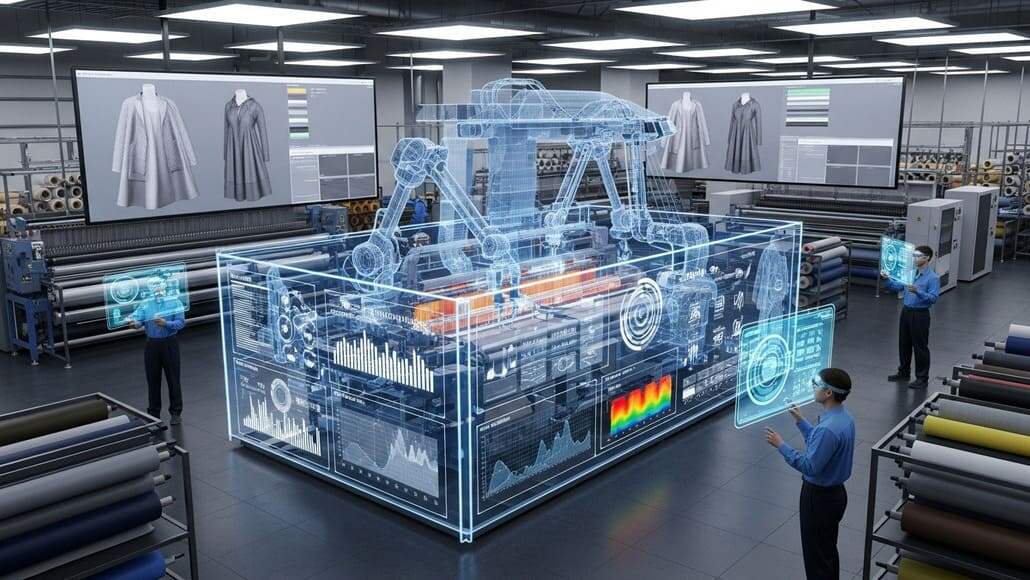The textile industry has never stood still. From the power loom to the automatic cone winder, each leap in technology has been about pushing productivity higher while reducing waste and complexity. Now, with rising demands for speed, sustainability, and traceability, textile mills are turning to one of the most powerful tools of digital transformation: the digital twin.
A digital twin is not just a 3D model or a simulation—it is a dynamic digital replica of a physical asset or system, fed by real-time data streams and updated continuously to reflect actual conditions. In a textile mill, this could mean replicating a spinning line’s thermal profile, a dye bath’s chemical composition, or even an entire factory’s production flow.
Where traditional automation stops at control, digital twins go further—offering prediction, optimization, and autonomous decision-making. With integrated AI and IoT sensors, the digital twin becomes a window into not just what is happening now, but what is likely to happen next.
The shift is already underway. Global textile players, particularly in regions like Germany, India, and Southeast Asia, are now investing in digital twin infrastructure to improve efficiency, reduce downtime, and adapt rapidly to changing customer demands.
One of the earliest adopters in the textile sector was Switzerland’s Rieter, a company best known for its high-performance spinning systems. In partnership with industrial software firms, Rieter has developed a digital twin ecosystem that allows spinning mills to model energy consumption, predict mechanical wear, and virtually commission new production setups. Their digital twin framework has shown potential to cut commissioning time by up to 30% and optimize energy usage per kilogram of yarn produced.
In India, Welspun is another leader using digital twin simulations to improve dyeing operations. By replicating temperature curves, fabric tension, and chemical dosing in real time, the company has achieved a more consistent color yield and reduced chemical use by 12%. More importantly, these digital insights have helped eliminate unexpected variations that often result in fabric reprocessing and waste.
Vietnam’s TNG Investment & Trading has piloted digital twin integration across its apparel manufacturing lines. Their system includes virtual replicas of garment production stations, tracking machine condition, operator interaction, and workflow timing. By comparing real-world performance with the twin’s predictive baseline, TNG’s managers have been able to reduce idle time and improve line balancing without physically intervening on the floor. Early reports suggest a 9% increase in output from the same number of machines, purely through better coordination enabled by the twin system.
The backbone of any digital twin is data—real, continuous, and granular. IoT sensors embedded in machinery capture temperature, vibration, torque, and throughput. These data points are fed into cloud-based platforms where AI models simulate how the machine or process should behave under varying loads, environmental conditions, or input materials. If deviations emerge, the digital twin flags them before they become operational issues.
In some mills, digital twins are now connected to ERP and MES systems, enabling seamless production planning and logistics. When a batch order is placed, the digital twin checks current machine availability, predicted maintenance windows, and operator schedules before confirming delivery timelines. This integration gives planners and sales teams unprecedented transparency—turning guesswork into certainty.
One compelling application of digital twins in textile manufacturing is in predictive quality control. For example, in technical textile manufacturing, where dimensional stability or tensile strength are critical, digital twins can correlate machine parameters to end-product properties. If a loom’s weft insertion behavior changes subtly, the twin can simulate how this affects the finished fabric’s elongation or air permeability, prompting real-time adjustments to maintain quality targets.
In Bangladesh, a consortium of knitwear exporters is now working with European automation firms to build a shared digital twin platform for circular knitting machines. The idea is to standardize process data across different brands and models, allowing mills to benchmark efficiency and product consistency. If successful, the project could serve as a blueprint for how SMEs in developing economies leverage digital twins collectively—without needing deep IT infrastructure or custom solutions.
The cost of deploying digital twins has traditionally been a barrier, particularly for small and mid-sized enterprises. But that is changing rapidly. With the rise of modular IoT devices and software-as-a-service models, even mid-scale plants can now afford pilot implementations. Some vendors offer subscription-based pricing tied to the number of machines or digital processes modeled, bringing down capital expenditure and aligning costs with production cycles.
Of course, challenges remain. Data interoperability is a major hurdle. Mills often operate equipment from different OEMs across decades, each with its own data formats and protocols. Building a coherent digital twin requires harmonizing this data into a single layer. Moreover, success depends on more than just technology—it demands organizational readiness. Teams need to shift from reactive to data-led decision-making, which involves both training and trust in the system.
Cybersecurity is another growing concern. As more mill operations become interconnected and cloud-accessible, securing operational data and digital models becomes vital. Breaches or system failures in a digital twin environment could not only halt production but also expose sensitive supplier and client information.
Despite these complexities, the momentum behind digital twins is undeniable. Analysts estimate that digital twin adoption in manufacturing will exceed 50% by 2028, with textiles among the fastest-growing segments. And with ESG targets tightening and brands demanding full transparency into how products are made, digital twins offer a compelling advantage: the ability to simulate and prove sustainable practices before they’re implemented physically.
In an era where efficiency, agility, and traceability are no longer optional, digital twins in textile manufacturing offer the industry a pathway to stay competitive, resilient, and future-ready. They are not a passing trend, but rather a foundational pillar of what smart manufacturing will look like in the next decade.
The loom of tomorrow doesn’t just weave fabric—it generates data, forecasts performance, and adapts to the next challenge before it arrives. For textile leaders bold enough to digitize their operations at the deepest level, the digital twin is becoming an indispensable partner on the path to operational excellence. Digital twins in textile manufacturing are paving the way for a smarter, more sustainable future.






